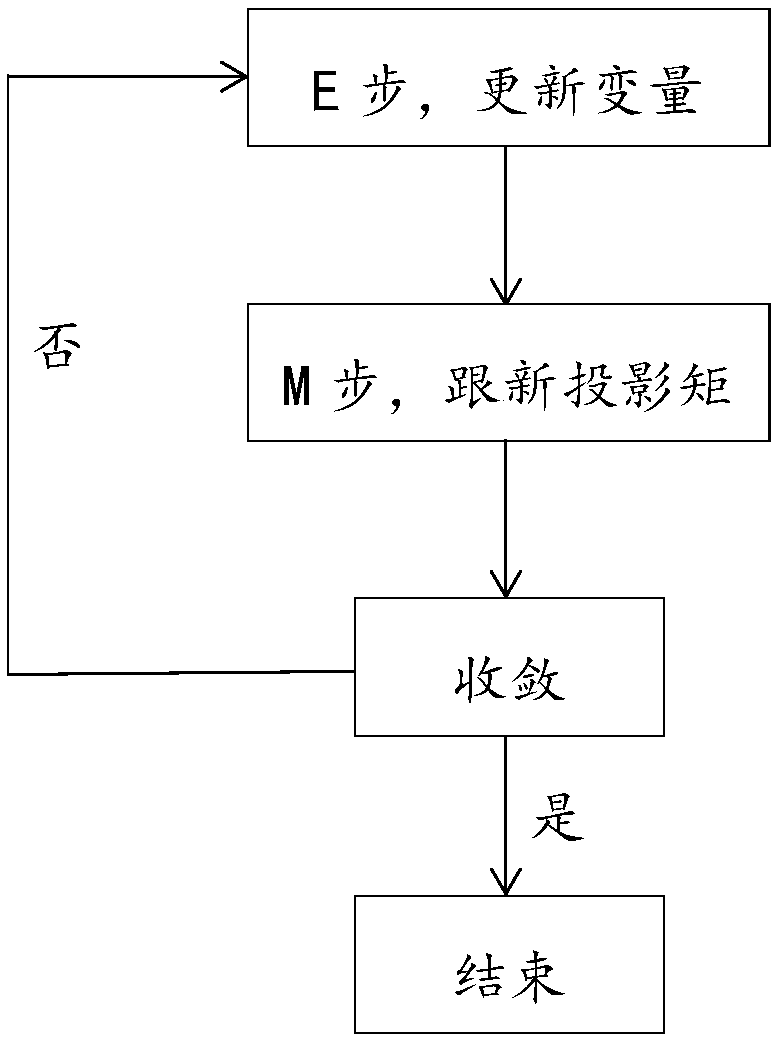Image identification method for two-dimensional probability linear-discriminant analysis based on L1 norm
A linear discriminant analysis, L1 norm technology, applied in character and pattern recognition, instruments, computer parts and other directions, can solve problems such as complex noise, and achieve the effect of robust outliers and correct image classification.
- Summary
- Abstract
- Description
- Claims
- Application Information
AI Technical Summary
Problems solved by technology
Method used
Image
Examples
Embodiment Construction
[0054] Below in conjunction with accompanying drawing and experiment further illustrate the technical method of this invention.
[0055] Based on the present invention, a kind of image recognition method of two-dimensional probability prior discriminant analysis based on L1 norm is proposed, refer to figure 1 , the specific implementation includes:
[0056] A. Establish a probability model for the input original image data by using the L1 norm;
[0057] B. Use the maximum expectation algorithm to solve the model to obtain the projection matrix of the image;
[0058] C. Classify unknown images according to the obtained projection matrix.
[0059] Combined with the data in the ORL library, the step A includes:
[0060] A1. Input the image data of ORL and build the model. make It is independent and identically distributed 320 image data, including 40 categories, each category has 8 images, namely Each sample is of size R 64×64 . Then the 2D probabilistic discriminant an...
PUM
 Login to View More
Login to View More Abstract
Description
Claims
Application Information
 Login to View More
Login to View More - R&D
- Intellectual Property
- Life Sciences
- Materials
- Tech Scout
- Unparalleled Data Quality
- Higher Quality Content
- 60% Fewer Hallucinations
Browse by: Latest US Patents, China's latest patents, Technical Efficacy Thesaurus, Application Domain, Technology Topic, Popular Technical Reports.
© 2025 PatSnap. All rights reserved.Legal|Privacy policy|Modern Slavery Act Transparency Statement|Sitemap|About US| Contact US: help@patsnap.com



